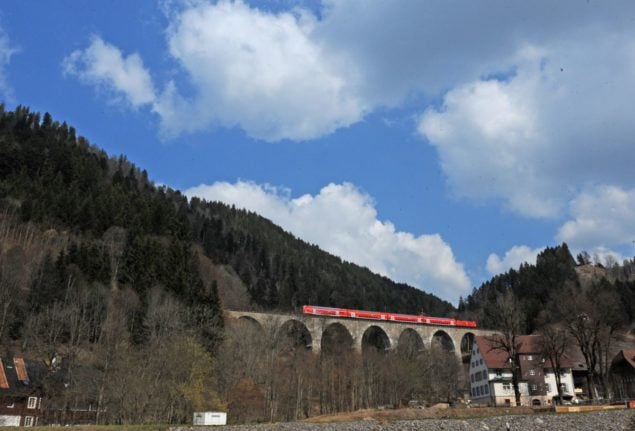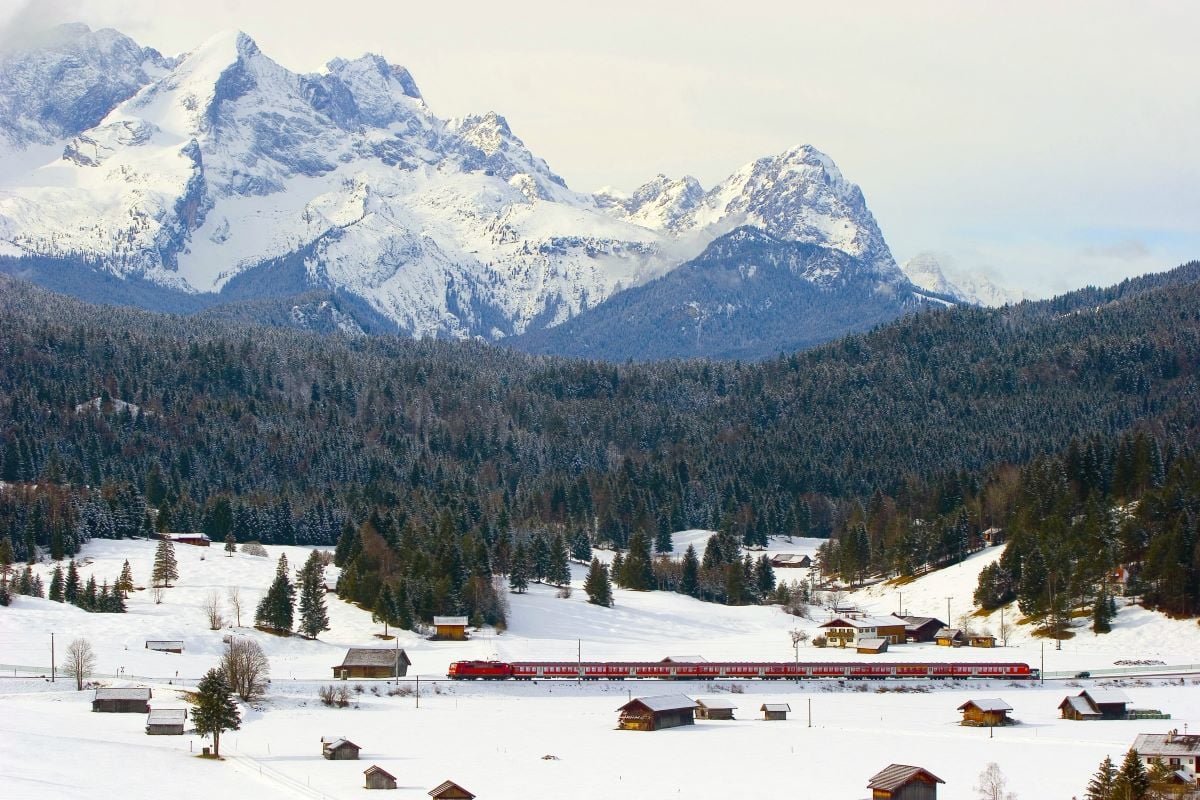British transport minister Grant Shapps announced that the new rules, which for the time being only concern arrivals into England, will come into force at 4am on Friday, January 7th.
Fully-vaccinated arrivals will no longer need to take a pre-departure test if travelling to England.
✈️INTERNATIONAL TRAVEL UPDATE ✈️
We're removing the temporary extra testing measures we introduced last year at the border to slow cases of Omicron coming to the UK. Now Omicron is the dominant variant & is widespread in the UK, these measures are no longer proportionate [1/6]
— Rt Hon Grant Shapps MP (@grantshapps) January 5, 2022
The complicated and expensive ‘Day 2’ testing system remains in place, requiring a pre-booked test to be done within two days of arrival in the UK.
READ ALSO How to book that Day 2 test for the UK
However this too is set to be relaxed, with fully vaccinated arrivals no longer needing to isolate until their test results arrive.
Travellers can also book the less expensive antigen (lateral flow) test, rather than a PCR test if they arrive after 4am on Sunday, January 9th.
France maintains its near-total ban on travel to or from the UK – although a French government spokesman said on Wednesday that this could be lifted soon – while several other countries have stringent measures in place for arrivals from the UK.
The devolved governments of Scotland, Wales and Northern Ireland have yet to release details on whether they will follow suit.





 Please whitelist us to continue reading.
Please whitelist us to continue reading.
How are Switzerland’s testing rules for traveling still justifiable?
Thanks… the day _after_ I just bought Day 2 tests for a trip in a week’s time…